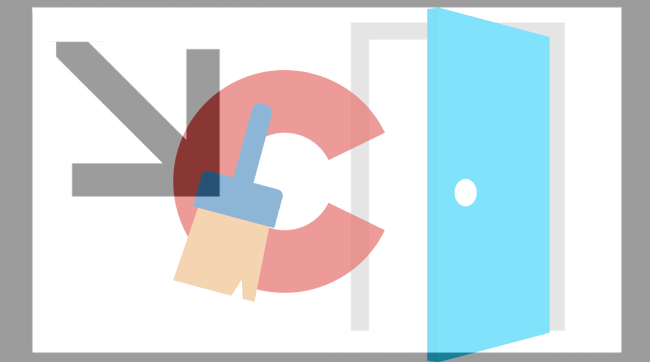The report may well be valid, but, for now, there’s no way to individually confirm it. The statement is based on unnamed personalities the publication says had an understanding of the matter, and it provides no data to back its claim. What’s more, the lack of particular leaves opens the possibility that, even if Kaspersky’s AV did help Russia home in on the extremely sensitive code and documents, the exposure was the inadvertent result of a software bug and that no one from Kaspersky Lab encouraged with the attackers in any way. Also lost in the focus on Kaspersky Lab is the startling apocalypse that yet another NSA insider accomplished to sneak classified material outside of the NSA’s system and put it on an unsecured computer. More of this analysis will follow.
First, here’s a rundown of what the News reported.
The unnamed architect removed the material from the NSA and saved it on a home computer that ran a variant of Kaspersky AV. The material, according to the unnamed sources, included “details about how the NSA filters foreign computer networks, the computer code it uses for before-mentioned spying, and how it maintains networks inside the US.” Sometime in 2015, the material was stolen by Russia-sponsored hackers who “seem to have targeted the contractor after recognizing the files through the contractor’s use” of the Kaspersky AV. The breach was detected in the first three months of 2016.
US investigators believe the contractor’s use of the software warned Russian hackers to the residence of files that may have been taken from the NSA, according to people with the awareness of the investigation. Experts said the software, in seeking for malicious code, may have discovered samples of it in the data the builder removed from the NSA.
To read the original article:
